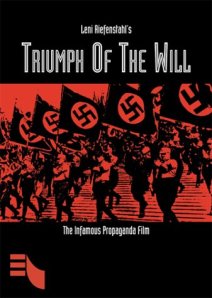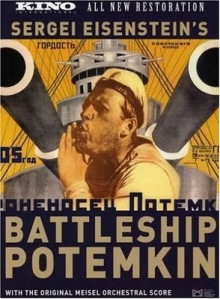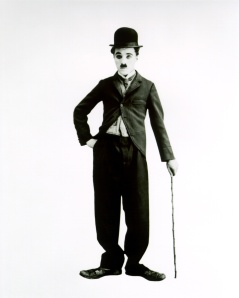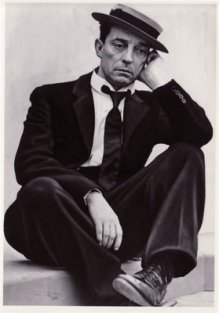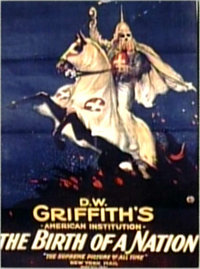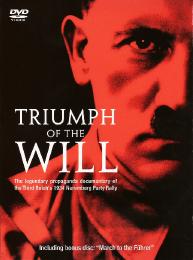“Triumph of the Will” by Leni Reifenstahl and “The Battleship Potemkin” by Sergei Eisenstein are two propaganda films which execute their job well in conveying their message across to their targeted audiences. However, both movies have very different ideologies where Einstein promoted communism whereas Reifenstahl publicized fascism. Although they have differing ideologies, there are a few elements that are common to both films namely crowds, uniforms and children and I am going to compare how these elements are treated by each director in their respective films.
To start off, both directors have cleverly made use of crowds to convey a message to audiences. In “Triumph of the Will”, this can be well illustrated in the opening sequence of the film where we are shown an aerial view of a large crowd of people. The scene then cuts to show Adolf Hitler exiting an airplane and receiving thunderous rounds of applause and cheers from the crowd. Hence, Reifenstahl used crowds to show audiences that Hitler has many supporters who worshiped him, thus giving him a “god-like” entrance in the film. On the other hand, Eisenstein has used crowds rather differently. Right before the Odessa Steps sequence, a large crowd of people were seen happily cheering the arrival of the sailors. In the crowd, we could observe close up shots of people from different walks of life, among them being a young boy and his mother, an old woman with glasses, a rich young woman and even a disabled man. However, their happiness did not last for long as the Tsarist soldiers were shown marching down the seemingly endless Odessa steps in a straight line formation and shot anyone who was not with them. In that epic scene, we could see all hell’s running lose as people were running away to save their dear lives. It can be said that in the beginning, the crowds represented unity but the unity was soon disrupted by the bullet shots that threatened to break apart the once united Soviet Union.
Moving on, uniforms play a huge role in both movies and very well represent their respective propaganda. In “Triumph of the Will”, soldiers in their uniforms, farmers dressed in their farming costumes and people of various social classes are seen to be greeting Hitler. This shows that the Nazi’s ignore social statuses and regard everyone as equals. Also, in the camps where the soldiers live, they make a point not to wear uniforms because without uniforms, there won’t be ranks and a sort of “brotherhood” is formed. While uniforms were seen to promote equality in “Triumph of the Will”, it has quite the opposite purpose in “The Battleship Potemkin”. In the first part of the film, we could see clear division between the ruling class and the working class as sailors, captains and other crew members of the ship wore their respective uniforms. Another example of difference in ranks is also observed in the scene where the sailors refusing to eat the rotten meat are punished with a heavy white canvas sheet thrown over them and were waiting to be shot by the firing squad under the orders of the high-ranked officers. However, the squad refused to kill their own men and this is where a revolution for equality begins in the film as all sailors joined forces to fight against their superiors.
Last but not least, children were also used as a means of propaganda in both films. The Youth Rally scene in “Triumph of the Will” is the perfect example as it portrayed orderliness and Hitler’s ability to bring together such a huge crowd of young boys whom most people often perceive to be naughty and lack the ability to follow orders! It also showed the Germans that Hitler cared for the younger generation and he was fighting for their better quality of life. In comparison, children were used as victims of violence in “The Battleship Potemkin”. For example, the once cheerful boy who sent off the sailors to sea was trampled to death by the crowd at the Odessa Steps sequence. The close up shot on the boy’s face was really pitiful as he was in terrible pain and was crying helplessly for his mother before meeting his end! The director knows very well that the effect of the child’s death would be more powerful to audience as opposed to the death of an adult because children are often used in movies as they are thought to be pure, vulnerable and innocent.
All in all, Leni Reifenstahl and Sergei Eisenstein have very well fused the three elements that I have described into their respective movies and no doubt, it has resulted in the world’s greatest propaganda films.

